Help Protect this Threatened SpeciesThe Iconic Desert Tortoise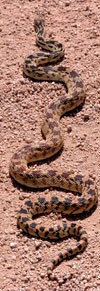
Mojave National Preserve has 36 documented reptile species. Reptiles of the class Reptilia are cold-blooded, which means that they regulate their body temperature based on environmental conditions. Their thick, scaly skin is comprised of keratin, a protein found in human nails. This minimizes water loss through evaporation, which is an important adaptation in such an arid climate. Diurnal, or active during the day, lizards are the most widely observed reptile in the preserve. Their varied diet ranges from the horned lizard which feasts on ants to the desert iguana which dines on plants and carrion. Certain lizard species known as "glass lizards" have no functional legs. Lizards have eyelids and ears, which distinguishes them from snakes. In response to stress and other environmental factors, some lizards will change color. Snakes are the most numerous reptile found within the preserve. They descended from a four-legged terrestrial ancestor, and a few, such as boas, retain skeletal vestiges of hind legs. Lacking eyelids, snakes are unable to blink or close their eyes. A brille or transparent scale acts like a contact lens and serves to protect the eye. All snakes also lack external ear openings and tympanums (eardrums), enabling them to hear only low frequency seismic vibrations. Snakes have unique skulls designed so that they can unhinge their jaws, and swallow prey several times larger than their head. The majority of snakes lay eggs, although some such as the rosy boa bear live young. 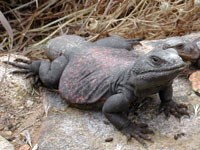
Doug Slater Chuckwalla: (Sauromalus obesus) Loose skin, granular scales, and a distinctive paunch, Chuckwallas are the second largest lizard in the US next to the Gila Monster. Fond of yellow flowers, such as those found on brittle bush, 10-16 inch chuckwallas are observed along lava flows and rocky areas throughout the preserve. During breeding season, adults will develop a pinkish hue. Elusive and evasive, chuckwallas can foil predators by trapping themselves in crevices through inflating their bodies.
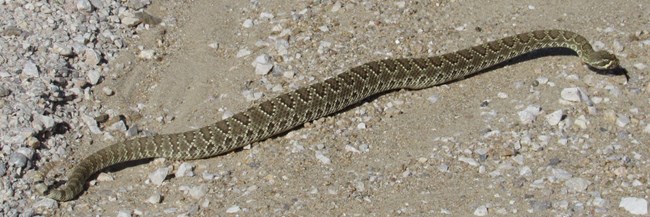
NPS Photo/Dave Hursey 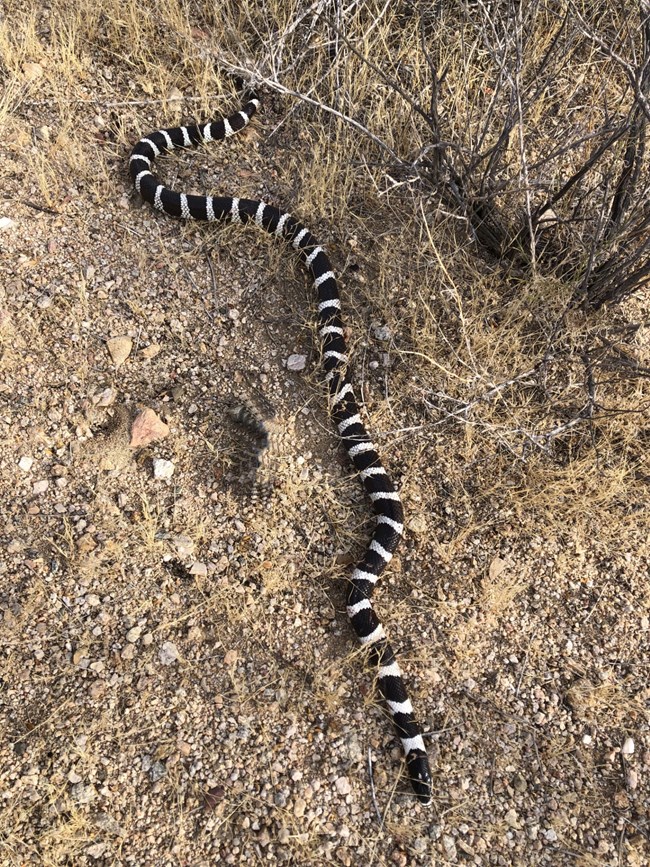
NPS Photo 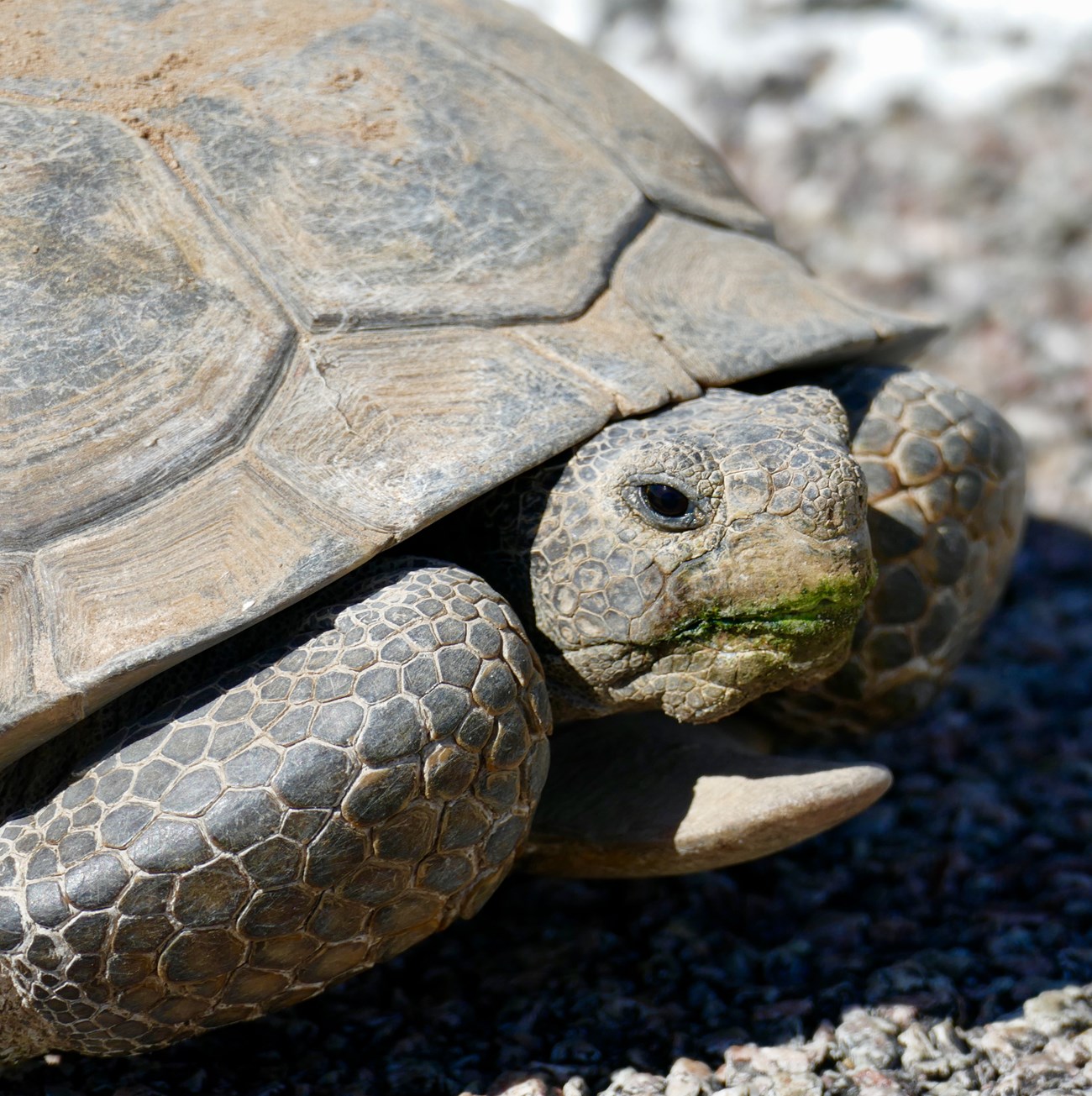
Holly Turner |
Last updated: January 16, 2025
